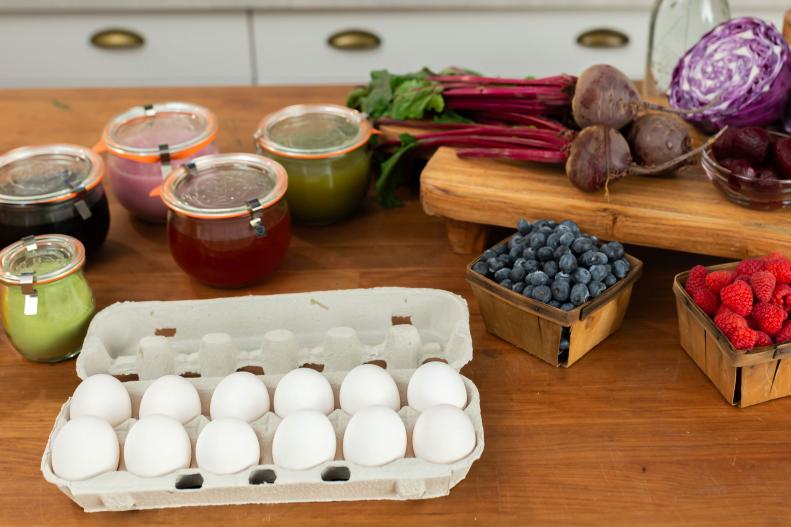1 / 17
Photo: Cassidy Garcia
Natural Easter Egg Dyes
We're big fans of natural egg dyes and with Easter right around the corner, we tested several expiring vegetables, herbs, spices and teas to see which ones make beautifully colored Easter eggs.









